Retrieving Pet Birds That Escape the Home
Updated on 04/26/24

Retrieving Pet Birds That Escape the Home: A Comprehensive Guide for Concerned Owners
Introduction
The heart-wrenching experience of a beloved pet bird escaping its home is one that can leave owners feeling lost and desperate. However, with the right knowledge and strategies, it is possible to increase the chances of a successful retrieval. This comprehensive guide will provide you with invaluable insights and practical steps to help you bring your feathered friend back home safely.
Understanding Bird Escape Behaviors
Understanding the reasons behind bird escapes is crucial for prevention and retrieval efforts. Common factors that can contribute to escapes include:
* Lack of proper enclosure: Ensure your bird's cage is secure, spacious, and provides ample environmental enrichment to prevent boredom and escape attempts.
* Open doors or windows: Even a momentary lapse in attention can allow your bird to slip out. Always be vigilant about securing entrances and exits.
Immediate Actions after an Escape
1. Stay Calm and Gather Information:
* Panic can hinder your efforts. Take a deep breath and focus on collecting essential information: the time of escape, the last known location of the bird, and any distinguishing features.
2. Notify Authorities and Neighbors:
* Contact your local animal control, police department, and veterinarians in the area. Inform them about your escaped bird and provide them with its description.
* Alert your neighbors and ask them to keep an eye out for your pet. Offer a reward for information leading to its safe return.
3. Search the Immediate Area:
* Thoroughly search your home, yard, and surrounding area. Listen for any chirping or rustling that could indicate your bird's presence.
4. Use Tracking Technology:
* If your bird is microchipped or GPS-tracked, use the technology to locate its approximate whereabouts.
Long-Term Retrieval Strategies
1. Set Up Bird Traps:
* Place live humane traps near where your bird was last seen. Use treats, water, and familiar sounds to attract it.
* Consider using visual cues, such as a mirror or a decoy bird, to draw your bird's attention.
2. Establish a Regular Feeding Schedule:
* Choose a specific location and time to feed your escaped bird. This will establish a routine and make it more likely to return for sustenance.
* Place food and water bowls in open areas where your bird can easily access them.
3. Foster Communication:
* Play recorded bird calls or your own familiar voice to guide your bird back home.
* Hang brightly colored streamers or balloons near the feeding area to provide visual markers.
4. Utilize Social Media and Online Platforms:
* Create posts on social media platforms, local online forums, and pet recovery websites. Share your bird's information and ask for sightings.
* Reach out to birdwatching groups or nature enthusiasts in your area.
5. Don't Give Up:
* Retrieving an escaped bird can be a challenging process, but it's essential to remain hopeful and persistent.
* Continue with your search efforts, even if it takes weeks or months.
Examples of Successful Retrieval Strategies
1. The Lost Budgie:
* A budgie named Happy escaped from its home in a small town.
* The owner set up a live trap in his backyard and played budgie calls throughout the day.
* After two weeks, Happy was successfully trapped and reunited with its owner.
2. The Parrot's Journey:
* A parrot named Coco flew away during a power outage.
* The owner placed posters around the neighborhood and posted information on social media.
* A concerned neighbor spotted Coco in a treetop and helped retrieve it safely.
Conclusion
Retrieving a pet bird that has escaped its home can be a daunting task, but with the right knowledge and persistence, success is possible. By understanding bird escape behaviors, taking immediate actions, and implementing long-term retrieval strategies, you can significantly increase the chances of bringing your beloved companion back home. Remember to remain hopeful, utilize all available resources, and never give up on your feathered friend.
Explore More Pets
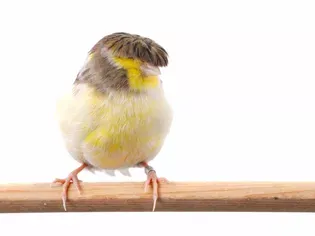
Small Bird Breeds
Gloster Canary: Bird Species Profile

Small Bird Breeds
Java Finch: Bird Species Profile

Small Bird Breeds
Zebra Finch (Chestnut-Eared Finch): Bird Species Profile
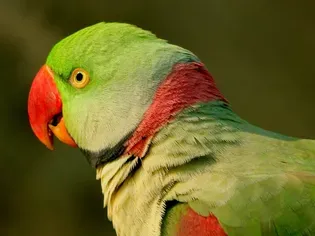
Small Bird Breeds
Alexandrine Parakeet: Species Characteristics & Care
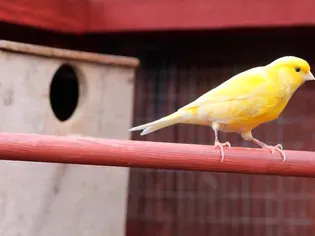
Small Bird Breeds
Canary: Bird Species Profile

Small Bird Breeds
Lovebird (Pocket Parrot) Species Profile
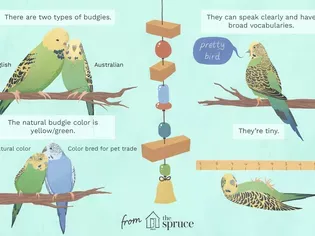
Small Bird Breeds
A Guide to Pet Budgie Birds
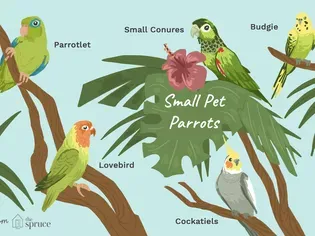
Small Bird Breeds
Types of Small Parrots